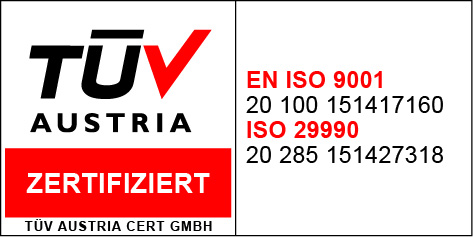


A horse called “Read The Footnotes” ran in the 2004 Kentucky Derby. He finished seventh, but if he had won, it would have been a victory for financial literacy proponents everywhere. It’s so important to read the footnotes. The footnotes to financial statements are packed with information. Here are some of the highlights:
Read the MD&AYou can find a narrative explanation of a company’s financial performance in a section of the quarterly or annual report entitled, “Management’s Discussion and Analysis of Financial Condition and Results of Operations.” MD&A is management’s opportunity to provide investors with its view of the financial performance and condition of the company. It’s management’s opportunity to tell investors what the financial statements show and do not show, as well as important trends and risks that have shaped the past or are reasonably likely to shape the company’s future. The SEC’s rules governing MD&A require disclosure about trends, events or uncertainties known to management that would have a material impact on reported financial information. The purpose of MD&A is to provide investors with information that the company’s management believes to be necessary to an understanding of its financial condition, changes in financial condition and results of operations. It is intended to help investors to see the company through the eyes of management. It is also intended to provide context for the financial statements and information about the company’s earnings and cash flows. Financial Statement Ratios and CalculationsYou’ve probably heard people banter around phrases like “P/E ratio,” “current ratio” and “operating margin.” But what do these terms mean and why don’t they show up on financial statements? Listed below are just some of the many ratios that investors calculate from information on financial statements and then use to evaluate a company. As a general rule, desirable ratios vary by industry.
Debt-to-Equity Ratio = Total Liabilities / Shareholders’ Equity If a company has a debt-to-equity ratio of 2 to 1, it means that the company has two dollars of debt to every one dollar shareholders invest in the company. In other words, the company is taking on debt at twice the rate that its owners are investing in the company.
Inventory Turnover Ratio = Cost of Sales / Average Inventory for the Period
|
Join our Linkedin Group
The GAFM ® Board is the 1st Graduate Certification Body to Become Accredited and Certified for: ISO 9001 Quality and ISO 29990 Training in the World. GAFM ® owns the former AAFM ® Certifications and Programs
|

Home Certifications Board Recognition Requirements Providers About Contact Us Contact Apply AFAPPC GetCertifiedPPC Benefits Chartered Wealth Manager News How To Use Stock Markets Training Calendar FINRA Application Reg. Payments About Old Events CWM Training Program News UBT University Business Technology Saudi Arabia Saudi Arabia - Certification Training Programs 2017 - University Business & Technology In House Training Speakers CEO Message Chartered Certified Economist Certified Financial Analyst FINRA SEC Chartered Wealth Manager Training Verify Member Indonesia Malaysia Guides Informa GAFM Guides Jamaica Qualifying Degrees Global Advisors Membership Mission Ethics Governmental Recognition Links Handbook mfm Financial Planner Program Chartered Economist CCO Higher Institute IP List Become Provider Management Consulting Jobs AAPM TUV Accreditation CWM Chartered Wealth Manager Terms Approved Fin Analyst Degrees Copy of Certification Economics Certification Economics Degrees Management Degrees Finance Degrees Accounting Degrees Exams Renew Certification Continuing Ed Awards Sample Accreditations Honor Society Trademarks Careers Government Jobs Complaint Site Map Mentz George Mentz Lawyer Mentz George Colorado USA Speaker Consultant AFA ® Accredited Financial Analyst Certification CTEP ® Trust and Estate Certification CIPM ® Certified International Project Manager CWM ® Chartered Wealth Manager ® AMA ® Management Accountant Certification AMC ® Management Consulting Certification MMC ® Management Consulting Certification Book







